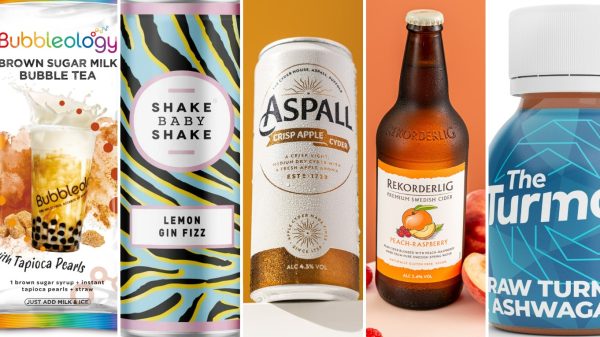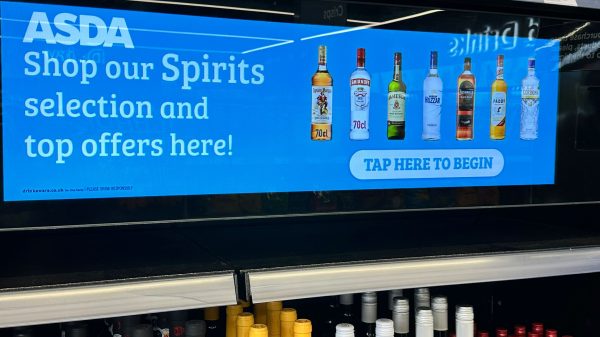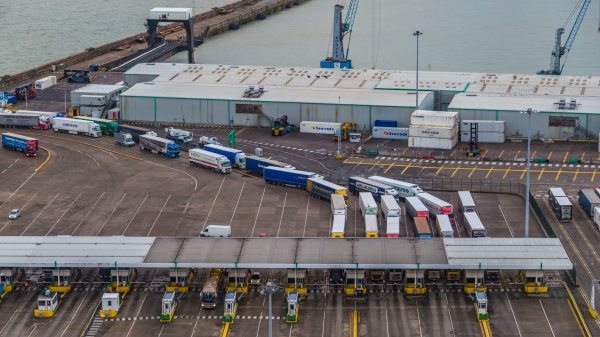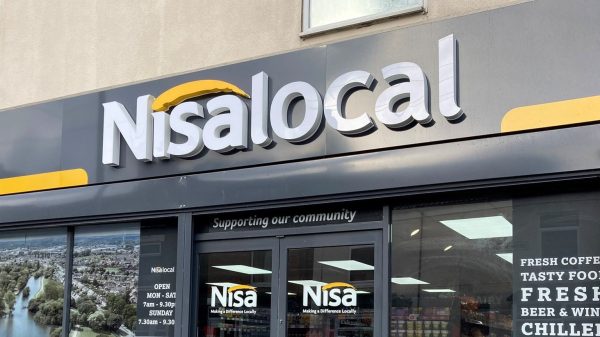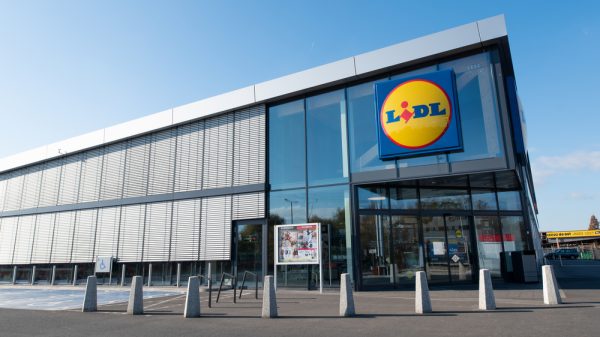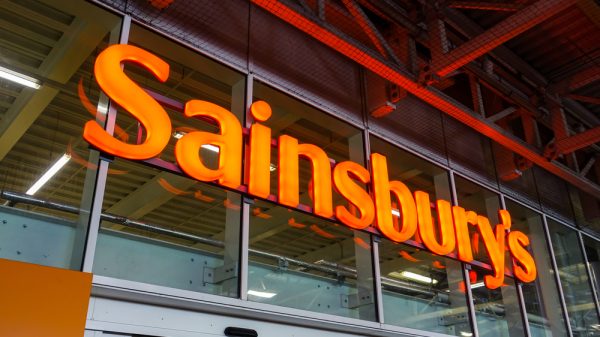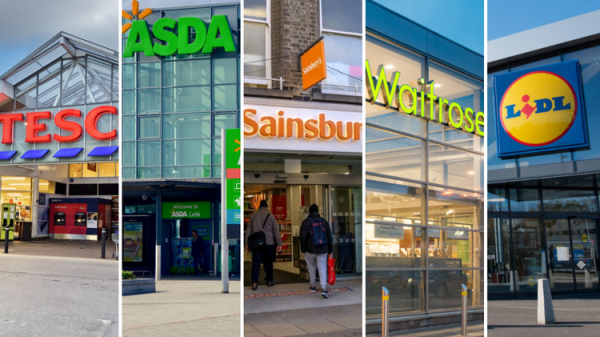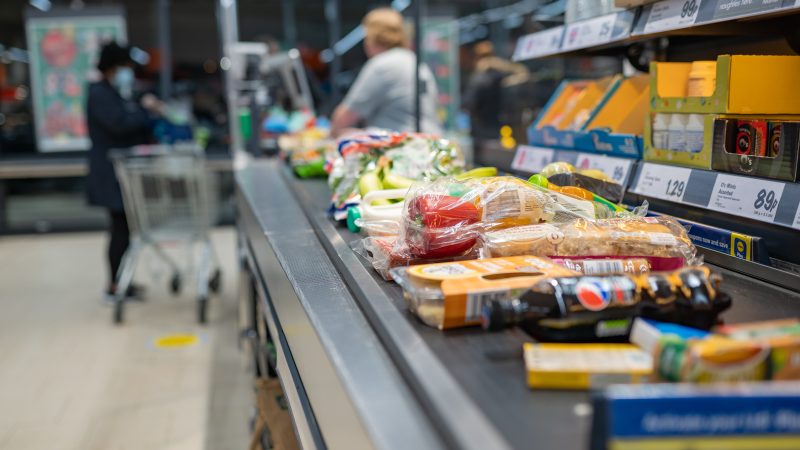Online grocery expert Vineta Bajaj looks into whether Deliveroo has made its mark in the world of convenience grocery.
There is no denying that Deliveroo came from humble beginnings. A one-man-band spearheaded by Will Shu, it has gone through a multi-faceted journey since its inception ten years ago.
Shu had a vision after moving to London from the US. That vision was to provide consumers with fast, reliable delivery from premium restaurants to your doorstep; a service he felt was lacking in a city with either great quality dine in restaurants or sub-standard, cheaper takeaways.
From his perspective, this wasn’t just a gap in the market but a gaping chasm just begging to be filled with mint green-clad riders on bikes. Arguably, he reinvented the takeaway wheel whilst loudly proclaiming his motto of ‘proper food, proper delivery’.
Shu has evolved Deliveroo from days of begging friends for orders to building a global phenomenon, operating a hyperlocal three-sided marketplace connecting consumers, grocers and restaurants.
By connecting our cities’ premium restaurants with cutting-edge app technology, Deliveroo has always traded on the premise of convenience, speed and reliability with easy-to-use evolving tech at our fingertips. Surely it’s a win-win for everyone?
By offering this new premium takeaway model, restaurants can tap into a new market and increase their revenues by up to 30%. Consumers can access their favourite restaurants from home with a few taps on an intuitive app, the average delivery time is just 32 minutes, and the streets of our cities are El Dorado for those privileged riders enjoying flexible well paid work.
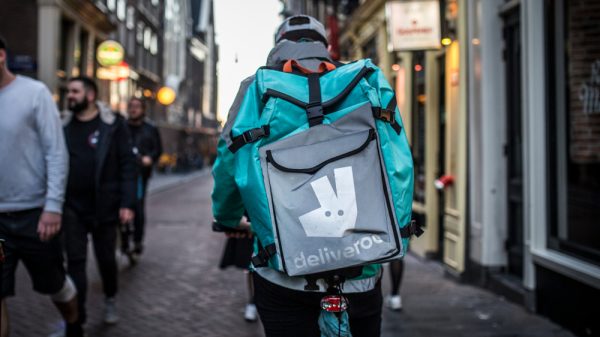
But is this all just a fairytale? Despite selling the dream, Deliveroo is not without its controversies – far from it.
The working status of Deliveroo’s riders have been subject to court proceedings on multiple occasions.
Deliveroo’s workers are classed as self-employed – a “gig-economy” where workers are paid for the work they complete. From Deliveroo’s point of view this provides flexible working and competitive and fair pay.
However, a court ruling to reclassify staff as employees would force Deliveroo to pay delivery operators a regular salary of at least minimum wage, it would have to undertake pension contribution, which would squeeze the already very tight margins of a company yet to declare a profit, and it would need to provide sick pay and holiday pay.
Employees would also have the right to join a trade union which would shift the balance of power.
As it stands, the Independent Workers Union of Great Britain (IWUGB) is appealing with the Supreme Court an earlier 2016 decision by the Central Arbitration Committee (CAC) to refuse Deliveroo drivers the right to join a trade union because they are classed as self-employed.
The IWUGB has stated this contravenes their human rights and is seeking to improve all aspects of their working lives including pay, holiday, hours and sickness.
In March of this year, the Dutch Supreme Court ruled that Deliveroo riders are employees, not self employed, freelance or gig workers.
However, Deliveroo had already exited the Dutch market, which only accounted for 1% of its sales, in November 2022 citing a challenging economic environment. The collapse of the Australian market followed suit for similar challenging economic conditions.
But as with any business which is looking to survive, Deliveroo has had to batten down the hatches in its strongest markets and adapt to the changing demands.
Deliveroo expanded on its initial takeaway offering by creating “Editions”, which helps restaurants set up delivery-only or dark kitchens in new areas without the cost of a high street presence.
It uses data to inform restaurants what cuisine they believe will be popular in which areas, providing a potential leg up to restaurants looking to expand whilst keeping costs down.
Growing Deliveroo’s grocery offer
However, it is the grocery sector where Deliveroo seems to be concentrating most of its energy.
In 2018, Deliveroo expanded away from just restaurant deliveries to an on-demand grocery service which operated from the app in the same way as the existing restaurant deliveries.
The service fit Covid like a glove. As the pandemic screamed ‘access denied’ to pretty much everything – our favourite restaurants shutting their physical doors, people unable to leave the house, supermarkets operating with huge queues, hopelessly low numbers of supermarket delivery slots – into the breach stepped Deliveroo in its mint armour.
The pandemic literally fed the Deliveroo model. Not only could consumers still access their favourite restaurants, they could order all of their groceries with minimal waiting times.
Deliveroo did well. Its pivot into the grocery sector provided a much-needed service but where did that leave them post-pandemic and into the present day?
In a pretty plum position, I would say. As it stands, Deliveroo currently has 160,000 restaurants and grocery partners on its app, an increase of 14.2% since 2020 and operating in 10 countries.
It has also been opening dark stores to essentially create grocery delivery on steroids.
But these so-called dark stores, skipping hand-in-hand down the high street with dark kitchens, are drawing negative attention.
These types of stores, such as those by quick commerce competitors such as Getir, are impacting the city centre and footfall on the high street because whilst physically there, the space is just a grocery packing location or delivery warehouses closed to the public.
Some cities in Europe, including across France, have banned dark stores, which may be why Deliveroo decided to open Deliveroo Hop in central London, a “store” that consumers can actually shop in.
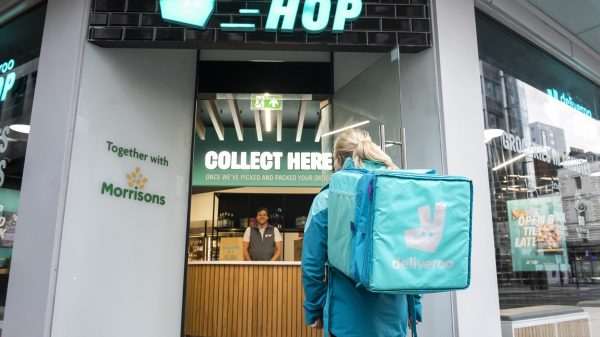
The shop, on New Oxford Street in London, allows customers to shop in-store through digital kiosks or order via the Deliveroo app for collection at the store or at home addresses close by.
Deliveroo has partnered with Morrisons for the store, which features 1,750 items from the grocer’s ‘Ready to Eat’ and ‘The Best’ ranges as well cupboard staples. It has since undertaken a similar partnership with Asda.
Subscribe to Grocery Gazette for free
Sign up here to get the latest grocery and food news each morning
Deliveroo Vs the Big 4?
Can we compare grocery shopping from Deliveroo with a traditional supermarket shop? Is this apples and apples or is it apples and oranges? Or indeed apples and trampolines?
Whilst it can’t be denied that Deliveroo has cracked the top-up online grocery shop market, this is a far cry from a household’s weekly shop simply being executed online.
A weekly shop from Ocado or Sainsbury’s cannot be compared with a quick ‘whoops I’ve forgotten the pasta’ fumble from Deliveroo.
The markets are different, the audiences are different, the use case is different, the need state is different, the stats are poles apart. Essentially it’s a completely different business model and in actuality, the right answer to the quick commerce gap.
The minimum order value on Ocado is £40, and the average basket size is over £100.
It’s largely the domain of time-poor working families, potentially with children, who are willing to pay for the convenience of their regular household shop arriving on their doorstep.
However, the very nature of Deliveroo would indicate a more spontaneous use case by people looking to top-up one or two essential items. This is not necessarily what Deliveroo wants.
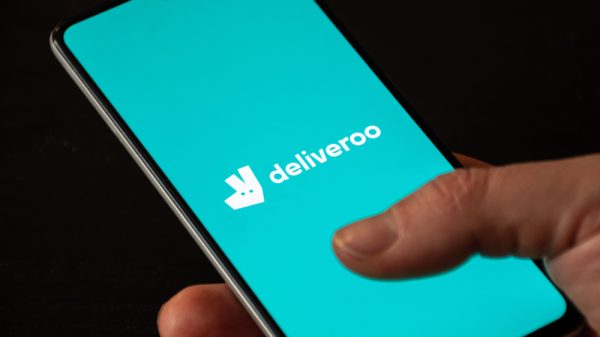
Comparing the success of the convenience and top-up shop of Deliveroo to the weekly shop is indeed, apples to trampolines.
So the real question is, does Deliveroo aspire to tackling the larger shop or is it happy just cracking the top-up shop? And what is needed for profitability?
But therein lies the Deliveroo-shaped problem. That is not its business model and the grocery markets shouldn’t and cannot be compared on absolute numbers. Despite its unarguable success, the reality is that the amount spent per order remains low on Deliveroo at £20 to £25.
How this plays out remains to be seen. Will Deliveroo accept its role as small basket ultra convenience or will it continue to push at the protective bubble surrounding the large basket order?
Can supermarkets be both client and competitor? My view is that Deliveroo’s answer is indeed the answer to the eventual fall out of quick commerce ‘darlings’ Getir, which is continually trying to prove that their bubble hasn’t burst.
Deliveroo has done extremely well to evolve with the market and pivot to changing demands in the services it offers.
And predictions are encouraging. According to Kantar, online grocery shopping still remains far higher than it did pre-pandemic and it appears that this change is here to stay.
So it seems the online grocery business is here to stay. Grand View Research predicts continued growth globally, and within that Deliveroo is also reaching for a slice of the pie
Currently 11% of Deliveroo’s revenue comes from on-demand groceries – up from 9% a year ago. This is a sector it has clearly sunk their teeth into – expect it to gobble up more share in the years to come.
Vineta Bajaj is CFO of pan-Europe online grocery firm Rohlik Group, and was previously finance director of Ocado.

